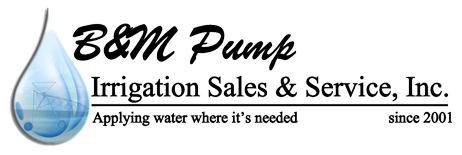When To Use Irrigation Scheduling
The ability to use water efficiently is critical for crop yield and a good return on investment. Irrigation scheduling helps irrigators apply the exact amount of water needed to achieve maximum efficiency. And while irrigation scheduling can be done in a variety of ways depending on the soil and weather conditions, the most common method is to monitor soil moisture levels and set irrigation limits based on these levels.
One approach to irrigation scheduling is using crop water sensitivity indicators (CWSI) that monitor the physiological response of crops to water deficits. These techniques can be complex and require a number of measurements including soil moisture content, air temperature, and water consumption of plants. Another method is a simplified method that uses the Degrees Above Non-Stressed (DANS) index, which indicates when a crop has reached a threshold for water stress. DANS is calculated by relating canopy temperature to a single non-stressed canopy baseline temperature.
Previously, farmers had to rely on their own observations and experiences to determine their water needs. However, as time progressed, these methods proved ineffective and would result in unintended water losses. To better help farmers, agricultural systems are increasingly being managed with sophisticated tools that combine weather data, soil characteristics, historical trends, and advanced computer algorithms. A recent study by UGA Cooperative Extension researchers found that using advanced irrigation scheduling tools can improve a farmer’s water use efficiency threefold. It is with this type of precision irrigation scheduling that allows farmers to adjust their water applications in real time, maximizing water use efficiency, and reducing nutrient runoff.
Categorised in: Irrigation
